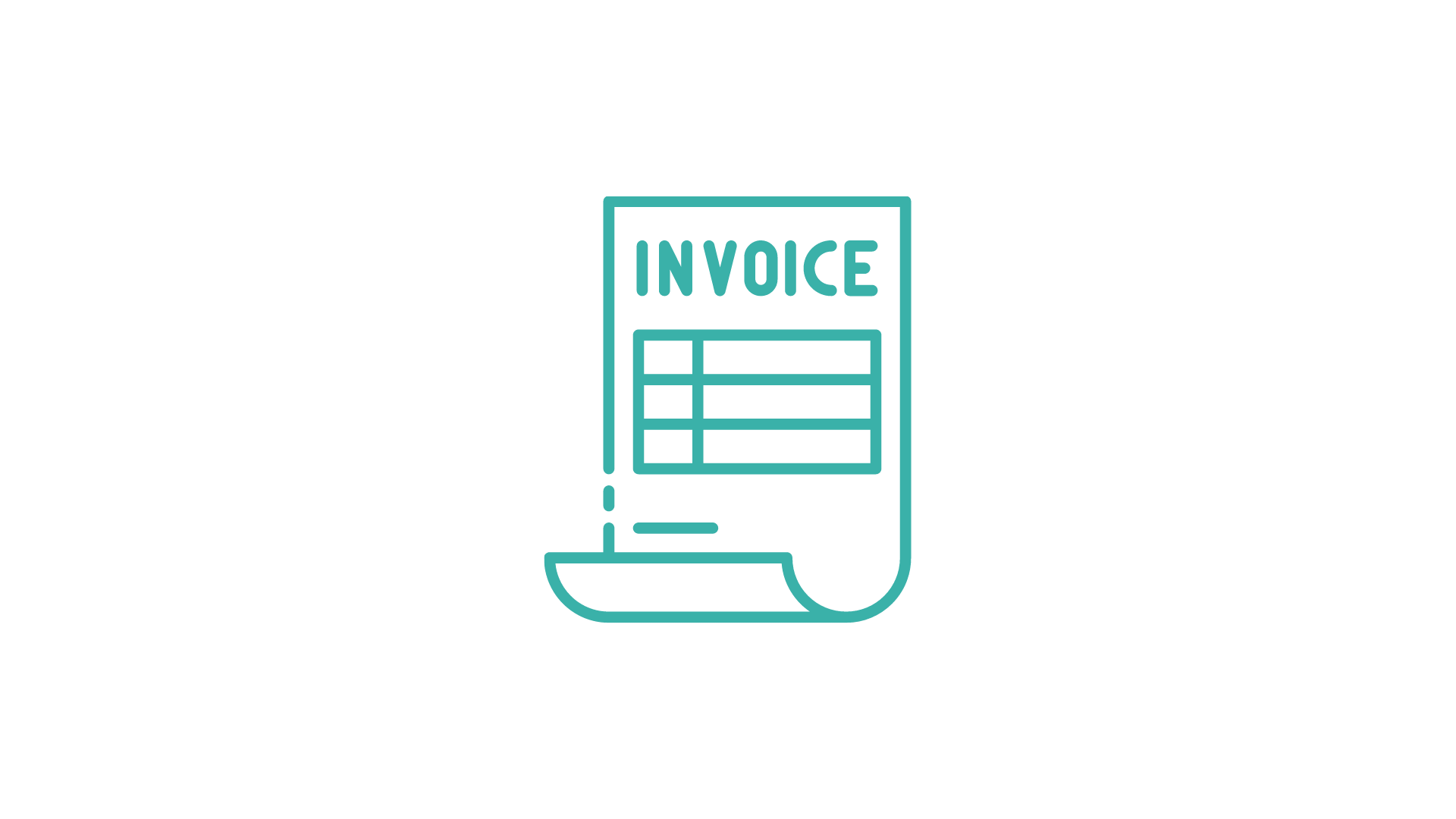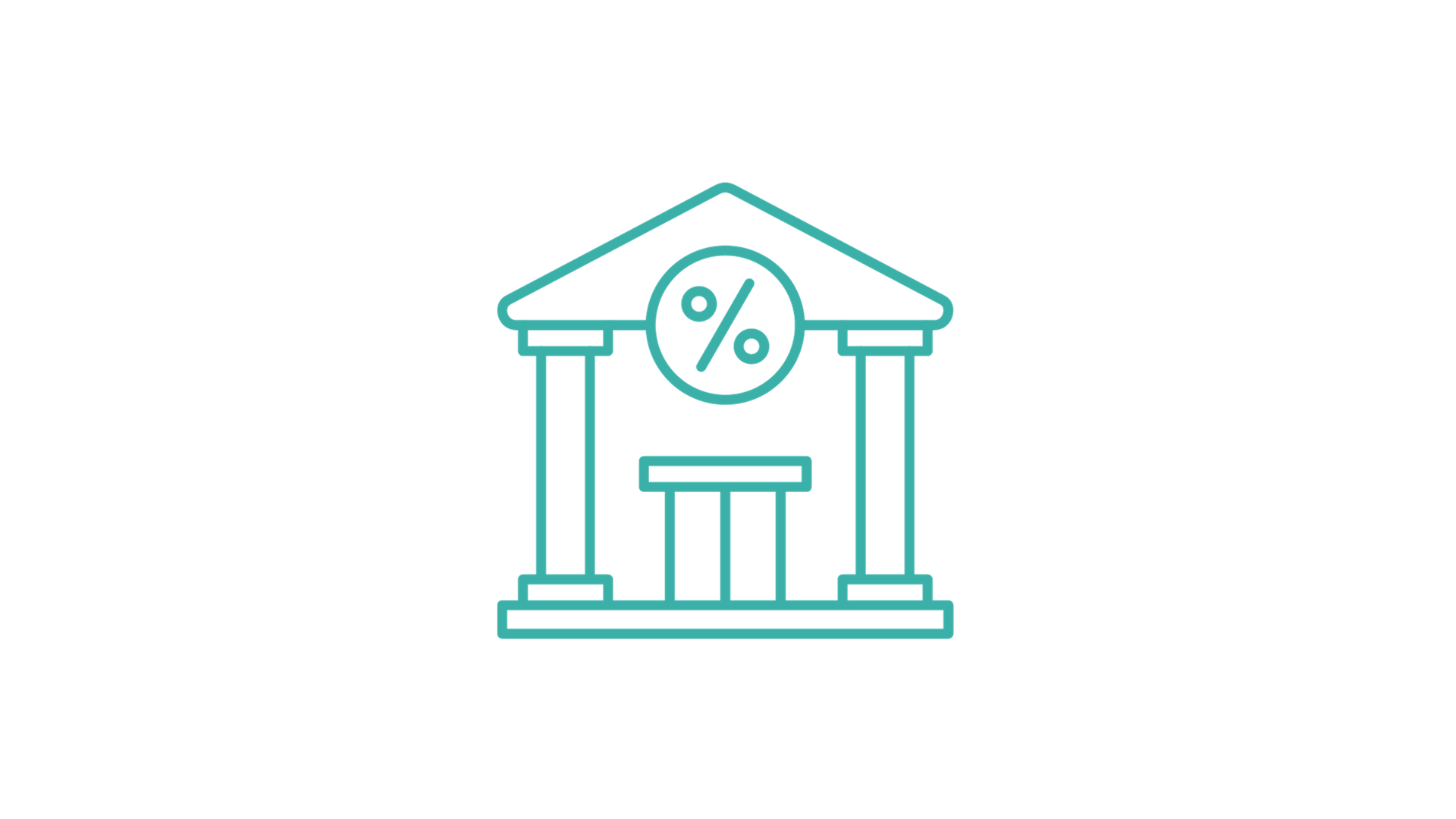Correct accounting of sales and purchase invoices (as well as their corrections) is essential for the correctness of settlements with the tax office, but unfortunately it is not as simple as it may seem at first. How to post a sales invoice and a purchase invoice? On what date, in which column? What to do with an overdue or corrected invoice? What are the risks of self-accounting – and how to avoid them? we suggest!
How do I go about posting sales and purchase invoices?
In simplified forms, the so-called small bookkeeping that an entrepreneur can keep on its own, there is a book of revenues and expenses for those taxed on a general basis or on a straight-line basis and records of revenue for a lump sum. Both of these solutions are used to book invoices and other accounting documents. If you are an active VAT taxpayer, you must also enter documents into the VAT register.
You keep the book of revenues and expenses as well as the records of revenues on paper or electronically, as part of the accounting system. Modern accounting systems make it easier because they automate most of the processes. Posting invoices differs from the program - but generally it consists in adding documents to the appropriate tabs. In practice, the matter is more difficult - because we distinguish different types of invoices, there are doubts as to the date of their posting or further settlements, as well as recording individual types of costs. A mistake can cost money and if you run JDG, you are responsible for it with your assets.
Therefore, it is worth considering using online accounting services, e.g. in Open Profit - your duties will come down to delivering invoices, and we will book them, calculate the amount of taxes, advance payments and social security contributions. If we happen to make a mistake, we will be responsible for it, not you.
Contact us!
How to post invoices – date of sale or invoice?
As a rule the invoice belongs issue by the 15th day of the month following performance of a service or delivery of goods (however, there are a lot of exceptions to this rule, depending on the industry or specifics of the transaction). Further, the date of generating income from business activity is considered to be the date of handing over the item, disposal of the property right or performance of the service, but not more than the date of issuing the invoice or payment of the amount due. However, the sales invoice may also be issued before the date of sale (and in the case of some services even after the payment deadline).
In practice the date of completion of the delivery of goods or performance of the service is considered the moment of obtaining revenue - and the invoice should be presented on this date in the records. If, on the other hand, the invoice was issued or the amount due was settled first, then the moment of generating revenue is the event that occurred the earliest, and the invoice should be booked on its date.
The most common question about the date of posting documents is: how to post a sales invoice issued in January for December? The answer is in December - you take into account the dates of delivery of goods, performance of services or receipt of payment - not in January, i.e. when the invoice is issued.
[accounting_banner]
How to post a sales invoice?
Invoice sales are booked in column 7 of the KPiR – value of goods and services sold. In the same column, you show receipts for sold goods or periodic reports from the cash register. If you also earn income from other economic events - apart from the basic business activity, you book them in the next, 8th column - and these include interest from contractors on overdue repayments, bank interest or revenues from the sale of fixed assets or equipment components for consideration, as well as subsidies and subsidies.
How do I post a purchase invoice?
The obligation to issue and book sales invoices is only a fraction of accounting, while purchase invoices, i.e. documenting tax deductible costs, are a separate issue.
When running a business, you incur various costs. It is your accountant's role, or yours if you choose to do your own bookkeeping, to determine which of them are expenses incurred in order to generate income or to protect and maintain the source of income. Including an expense unrelated to your business (or with a weak connection) to the tax deduction may expose you to tax inspection (this involves the need to settle tax arrears, as well as penal fiscal liability).
As with sales invoices, it is important date posting purchase invoices. You use one of two methods to do this.
- Accrual method. You divide the tax deductible costs into those directly and indirectly related to the company's activities. You book direct cost invoices at the moment when you earn the corresponding revenue, and indirect costs on the date of issuing the sales invoice you receive.
- Cash method. This is a simpler method because the posting date of the A/P invoice corresponds to the issue date. You do not divide the costs into direct and indirect. It does not matter which period they refer to and when they actually had an impact on obtaining revenue, the date of invoice is what counts.
However, according to the VAT Act, the tax obligation - as a general rule - arises on the day of delivery of goods (or performance of services) or payment, whichever comes first.
You post purchase invoices in different columns, depending on their type - these are:
- column 10: purchase of materials and commercial goods,
- column 11: purchase side costs,
- column 12: salaries,
- column 13: other expenses,
- column 16: costs of research and development activities.
How do I book a purchase invoice from the previous year?
The date on which the purchase invoice is posted depends on which cost accounting method the entrepreneur uses. As we mentioned, in case methods cash basis or within indirect costs under the accrual method the day of incurring the cost is the day of issuing the invoice, account (another accounting document, which is also the basis for including the cost in the KPiR). The latter method, however, is particularly applicable at the turn of the year, because then indirect costs sometimes have to be divided into the periods they refer to.
If you receive a cost invoice that covers a longer period, including two tax years, ie it includes a fee for December and the fee for January, you divide them pro rata and book them in two periods – and this is professionally called accruals.
Lost purchase invoice - how to book?
Sometimes it also happens that you do not post a cost invoice despite having it. you can settle a forgotten invoice and recover VAT from it in one of two or three subsequent periods billing (two if you pay quarterly, three if monthly). However, you cannot make the settlement earlier than in the period in which you receive the invoice/customs document. After the above-mentioned settlement periods, but within the next 5 years, it is possible only in the form of a correction (i.e. it is related to the correction of JPK_V7).
If you find a lost invoice after the settlement period closes, you can book it in the next month, in the current tax year. Typically, the posting date is set to the first day of the month (for clarity).
How to book an EU purchase invoice?
Cost invoice for the purchase of goods from a contractor operating in the EU - when the goods are transported from one country to another - you settle as an intra-Community acquisition of goods (WNT). The exceptions are those exempt from paying VAT, if they do not exceed the limit of the value of these transactions within a year, which is PLN 50,000 - then they can settle such a transaction as the domestic one. In the case of participation in WNT transactions, the entrepreneur is already obliged to register for VAT-EU. As part of settling the purchase invoice with WNT, several steps are usually required, including:
- convert the value from the invoice into zlotys, using the average exchange rate of the National Bank of Poland, which was set on the last working day before issuing the invoice, then book the document in the KPiR,
- tax the transaction with the appropriate domestic VAT rate and record it in the VAT register.
How do I post a purchase credit note?
There are two types of corrective invoices: "in minus" - reducing the tax base (e.g. after returning a product) and "in plus" - increasing it, which most often results from an error in the price, amount of tax or number of products. When it comes to KPiR, i.e. PIT accounting, there is one rule.
- If the cause of the correction Is error, mistake on the part of the issuer, you book a correcting invoice on the date of the original invoice.
- If, on the other hand, there was an economic event that affected the value of taxation, you book them on the date of issuing the correcting invoice.
Slightly different rules apply to VAT. In the case of a correcting invoice "in minus", i.e. when the tax value on the correction is lower than on the original invoice, the reduction of the tax base is made for the settlement period in which the correction was made, but an additional formality is to have documentation confirming the conditions of the correction, i.e. this issue must be agreed between the parties.
Independent bookkeeping can be mastered, but it is not an easy task, it requires reliability, thorough knowledge of regulations, dedication, time and nerves. Any mistake can cause problems for which you are responsible. Exit? Think about online accounting services, preferably with elements of ongoing legal services. Entrust your accounting to specialists and you will gain time, peace and security.
FAQ:
- Can an invoice be issued before the goods or services are delivered?
Yes - it is acceptable to issue an invoice up to 60 days before the date of delivery of the goods or performance of the service, but it must be borne in mind that in some situations it results in an earlier tax obligation.
- From what date should purchase invoices be posted?
It depends on the method adopted. Using the cash accounting method, cost invoices are booked on the date the cost is incurred, the date the invoice is issued. The accrual method assumes the division of costs into direct and indirect. The first ones are recognized on the date of incurring the cost, and you book the direct ones at the time when the income arises, which corresponds to them.
- From what date should sales invoices be posted?
A sales invoice is posted on the date of sale or delivery of goods or performance of services, on the date of issuing the invoice or on the date of payment, depending on which event occurred earlier.


